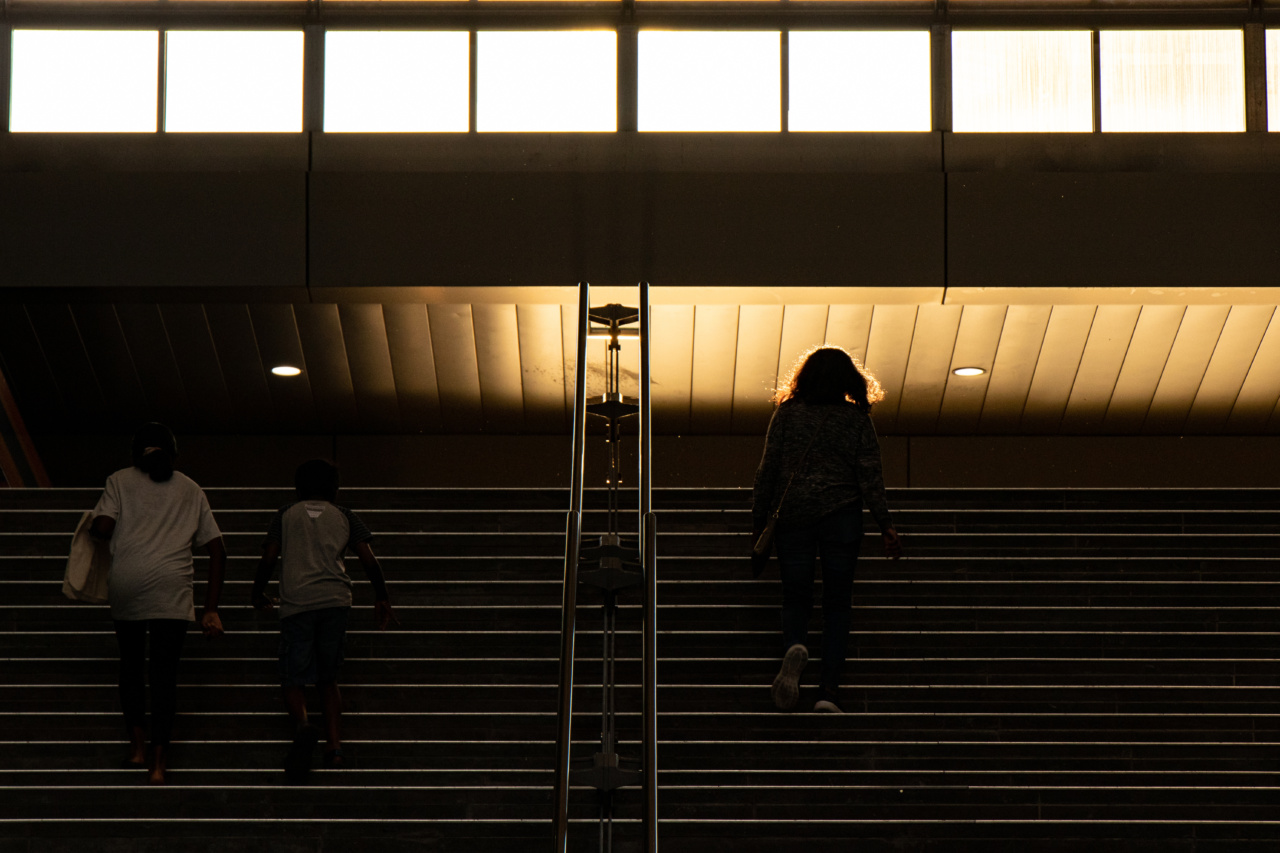Sleeping is a natural and necessary activity for everyone. However, it can sometimes be uncomfortable or even dangerous to sleep in public places.
Whether it’s a park bench, a subway station, or a sidewalk, seeing someone sleeping in a public place can raise concerns. In such situations, it’s essential to approach the situation with empathy, sensitivity, and the right steps to ensure the person’s safety and well-being. Here are ten steps to take when you encounter someone sleeping in a public place:.
1. Assess the situation
Before taking any action, it’s crucial to assess the situation.
Is the person sleeping peacefully, or do they seem to be in distress? Are they alone, or are there others nearby? Understanding the context will help determine the appropriate response.
2. Do not disturb their sleep
Respect the person’s need for rest. Disturbing their sleep can be disorienting and unsettling. Instead, observe them from a safe distance to ensure they are okay and not in immediate danger.
3. Check for signs of well-being
While keeping your distance, discreetly look for signs of well-being. Are they breathing normally? Do they appear physically uninjured? These observations will help determine if immediate medical attention is required or if they are simply resting.
4. Assess the weather conditions
Consider the weather conditions. If it’s extremely hot, cold, or if there’s a storm approaching, the person’s safety may be at risk. In such cases, take action promptly to ensure their safety and well-being.
5. Reach out to local authorities
If you suspect the person may be in distress or need assistance, contact the local authorities. They have the necessary resources and expertise to handle such situations.
Inform them about the location, a description of the person, and any observations you have made.
6. Do not make assumptions
Avoid making assumptions about the person’s circumstances or background. Remember that anyone can experience homelessness or face unexpected challenges leading them to sleep in public places.
Judgment and stereotypes only perpetuate societal divisions.
7. Offer non-intrusive assistance
If the person appears to be in need of assistance but not in immediate danger, you can offer non-intrusive help. For example, you can provide them with information about local shelters or organizations that can support them.
Respect their decision if they decline your assistance.
8. Preserve their dignity
When interacting with someone sleeping in a public place, it’s vital to treat them with respect and preserve their dignity. Use a calm and non-judgmental tone, listen attentively, and address them as equals.
Everyone deserves to be treated with kindness and compassion.
9. Educate and raise awareness
Take the opportunity to educate yourself and others about the issue of homelessness and its underlying causes.
Understanding the complexities of homelessness and advocating for systemic change can be instrumental in addressing the root causes and finding sustainable solutions.
10. Support local initiatives
Support local initiatives and organizations that work towards ending homelessness and providing support to those in need.
Donations, volunteering, or spreading awareness about their work can make a significant impact on improving the lives of individuals experiencing homelessness.































